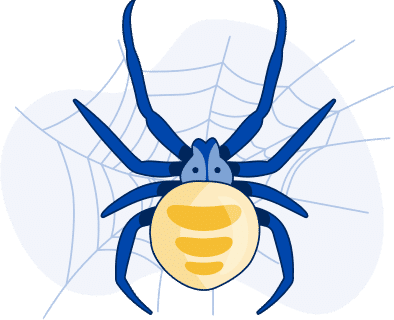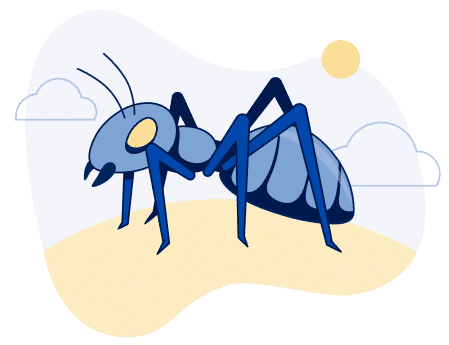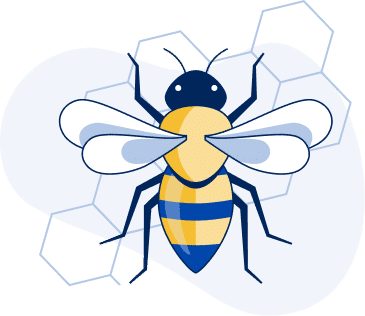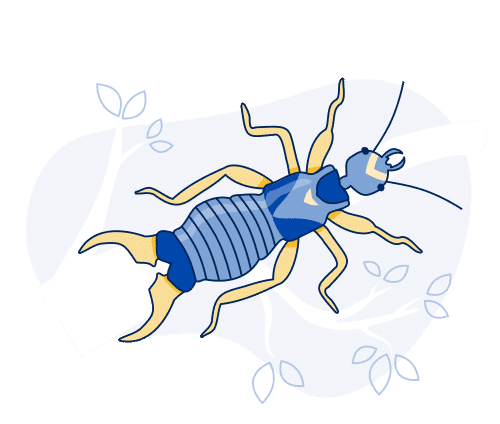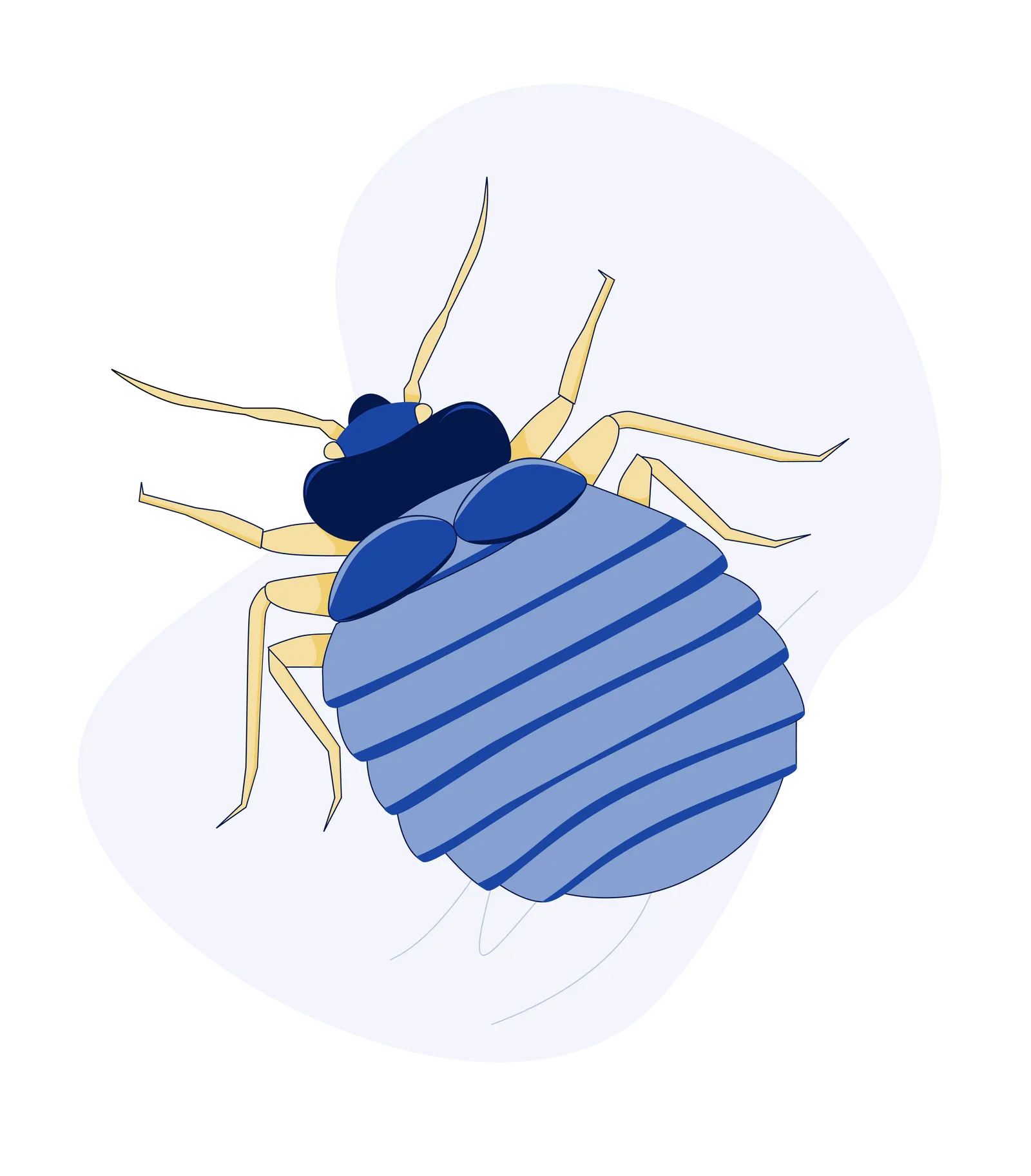Top 10 Bugs That Look Like Cockroaches in Utah
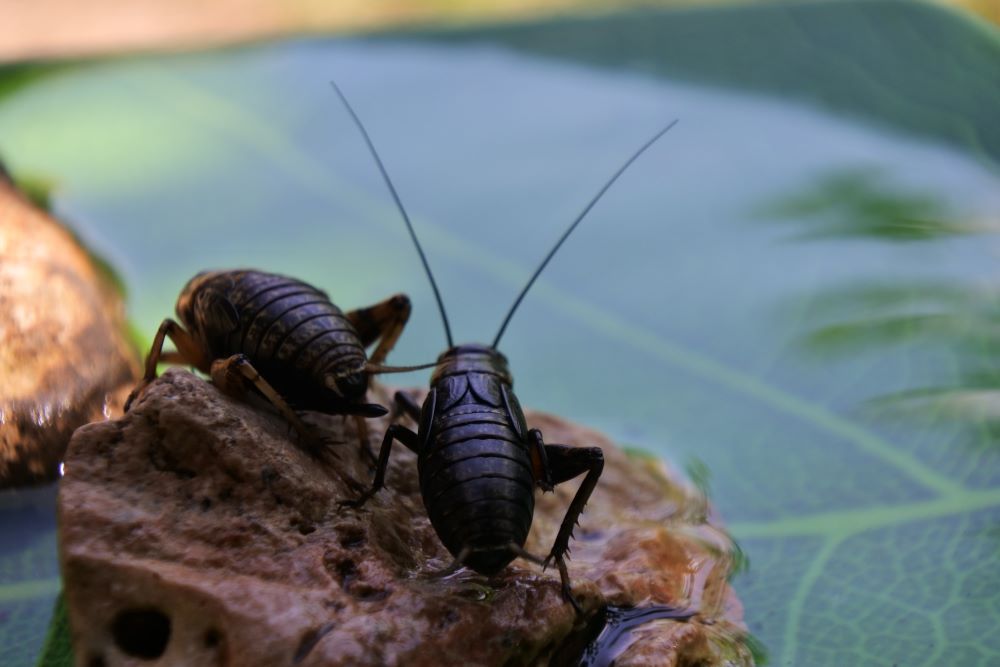
Cockroaches are one of the most dreaded pests, often evoking feelings of disgust and fear. However, there are several bugs that resemble cockroaches, which can confuse homeowners in Utah. Identifying the differences between these pests can help you quickly determine whether you’re dealing with a true cockroach infestation or another pest.
In this article, we’ll explore the top 10 bugs that look like cockroaches in Utah and provide useful tips for identifying them. By understanding these differences, you can make more informed decisions about managing the pests in your home or business.
1. Termites vs. Cockroaches
While termites and cockroaches share a similar body shape, termites are much smaller and appear more distinct. Termites have straight antennae, while cockroaches have long, curved antennae. Termites’ bodies are pale and translucent, whereas cockroaches are typically dark brown or black. In Utah, termite infestations can cause significant damage to wooden structures, which is why it’s important to differentiate between the two pests.
How to Tell the Difference:
- Termites: Straight antennae, pale bodies, wings longer than body
- Cockroaches: Curved antennae, dark brown or black bodies, wings shorter than body
2. Baby Cockroaches vs. Bed Bugs
Baby cockroaches (nymphs) can be mistaken for bed bugs due to their small size and reddish-brown coloration. However, baby cockroaches have longer antennae and a more segmented body compared to bed bugs, which have flat, oval-shaped bodies. Bed bugs also lack wings, while adult cockroaches are typically winged.
How to Tell the Difference:
- Baby Cockroaches: Long antennae, segmented body, six legs
- Bed Bugs: Flat, oval body, no wings, small size
Bark beetles are small, cylindrical insects that can sometimes be mistaken for cockroaches due to their size and body shape. However, bark beetles are usually smaller than cockroaches and have distinctive hard shells. They are typically found under tree bark or in wooden structures, whereas cockroaches are commonly seen in homes or businesses.
How to Tell the Difference:
- Bark Beetles: Hard shell, cylindrical body, often found on trees or wood
- Cockroaches: Soft body, longer legs, commonly found indoors
4. Crickets vs. Cockroaches
Crickets are often confused with cockroaches due to their similar size and color. However, crickets have longer legs and antennae compared to cockroaches. Crickets are typically more active at night and produce a distinct chirping sound. At the same time, cockroaches tend to be more elusive and silent.
How to Tell the Difference:
- Crickets: Long legs, chirping sound, wings that may be visible
- Cockroaches: Shorter legs, no chirping, wings often hidden
Flour beetles are small, reddish-brown bugs that can be mistaken for cockroaches, especially in their nymph stage. These beetles are typically found in stored food products like flour or grains. Unlike cockroaches, flour beetles are more likely to be found in your pantry than in other areas of your home.
How to Tell the Difference:
- Flour Beetles: Small, reddish-brown, found in pantry items
- Cockroaches: Larger, more mobile, typically found in dark, damp areas
Silverfish are another common pest in Utah that resemble cockroaches. Both bugs have a similar body shape and can be found in dark, damp areas like bathrooms and basements. However, silverfish have long, thread-like tails and move in a distinct, wriggling motion. At the same time, cockroaches scurry quickly with more direct movement.
How to Tell the Difference:
- Silverfish: Long, thread-like tails, wriggling movement
- Cockroaches: Shorter bodies, fast, scurrying movement
Water bugs are large, aquatic insects that are often mistaken for cockroaches due to their similar appearance. Water bugs are typically found near water sources like lakes, ponds, and streams, while cockroaches are more likely to infest homes.
Water bugs are predatory insects that feed on smaller aquatic animals. The CDC notes that water bugs are not typically a threat to human health but can cause discomfort if they enter homes.
One cockroach species commonly mistaken for a water bug is the American cockroach (Periplaneta americana). The American cockroach is often found in moist environments, such as basements, kitchens, and bathrooms, making it resemble a water bug. However, American cockroaches are still primarily terrestrial and more likely to be found indoors than water bugs.
How to Tell the Difference:
- Water Bugs (Giant Water Bugs): Larger size (1.5-4 inches), often found in wet environments like lakes, ponds, and streams, with a flat body and large, raptorial front legs used for grabbing prey.
- American Cockroaches: Smaller than water bugs (1-3 inches), found indoors in dark, damp areas, have a reddish-brown body with a pale yellow band around the thorax, and shorter, less robust legs compared to water bugs.
Earwigs are another insect often confused with cockroaches due to their similar body shape. Earwigs have pincers on their abdomen, which cockroaches do not have. They are also more likely to be found in gardens or outdoor areas, unlike cockroaches that prefer indoor environments.
How to Tell the Difference:
- Earwigs: Pincers on abdomen, found outdoors or in gardens
- Cockroaches: No pincers, found indoors in dark, damp areas
Flying ants, particularly reproductive ants (alates) from species like carpenter ants, are sometimes mistaken for cockroaches, especially smaller species like the German cockroach (Blattella germanica). This confusion often occurs when flying ants swarm indoors, as their winged bodies can resemble cockroaches in dimly lit areas.
How to Tell the Difference:
- Ants: Recognizable by their narrow waist, shorter antennae, and highly social behavior. They are commonly seen trailing in lines or swarming during their reproductive season.
- Cockroaches: Have a larger, more oval body shape with long antennae and are more solitary. Cockroaches prefer dark, damp areas like kitchens, basements, or bathrooms and move erratically rather than in organized patterns.
Millipedes are long, segmented insects that resemble cockroaches but are typically slower-moving. Unlike cockroaches, which are fast and agile, millipedes are often found in damp areas outdoors. They have many more legs than cockroaches, making them easy to distinguish.
How to Tell the Difference:
- Millipedes: Many legs, slow-moving, found outdoors in damp areas
- Cockroaches: Fewer legs, fast-moving, found indoors
If you’re dealing with any of these pests or any dangerous bugs in Utah, it’s essential to act quickly. Regular cleaning, sealing cracks and crevices, and keeping food sealed can help deter pests. However, differentiating between cockroaches and other pests can be challenging. If you’re unsure whether you’re dealing with ants, cockroaches, or another pest, contacting a professional pest control service is your best option.
Serve Pest Control specializes in identifying and eliminating all types of pests, including those that resemble cockroaches. Their experienced team can provide an inspection and tailored solutions to address your pest problem. Whether you need a cockroach exterminator or help identifying other invaders, they have you covered. Don’t wait—taking action now can prevent a minor pest problem from turning into a major infestation.

